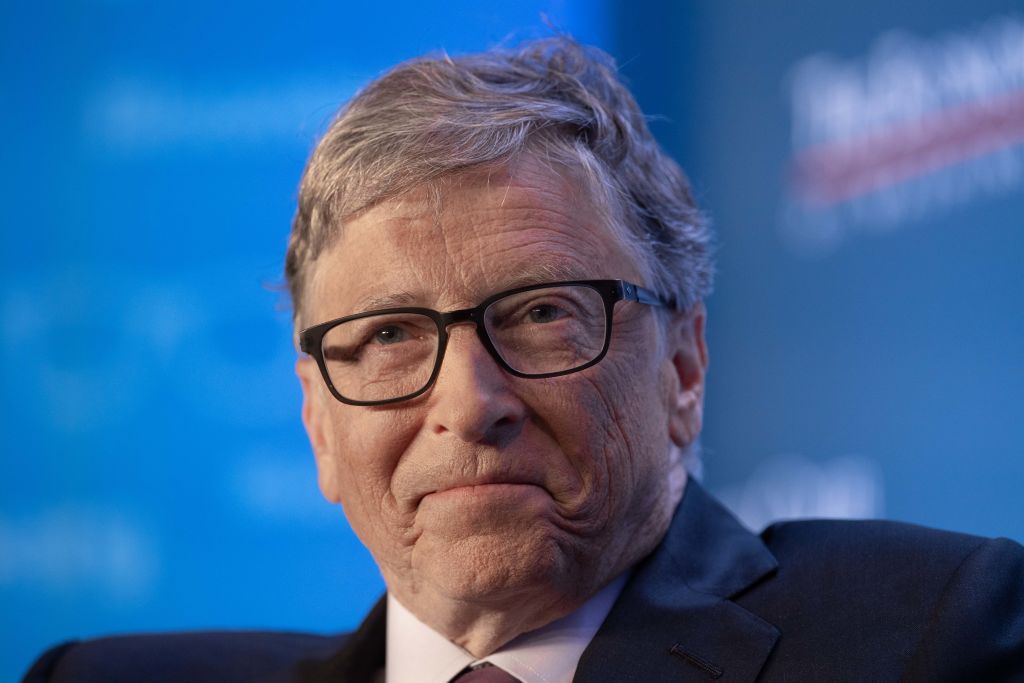Do conservatives give more money to charity than liberals?
In less strict definitions like phone surveys, more like 45 percent of the U.S. population say they volunteered some time to a charitable cause within the last year. Current estimates of the dollar value of volunteered time range from $179 billion per year to …
Do Conservatives donate more blood than liberals?
Conservatives give more money to charity than liberals. "How America Gives," published by The Chronicle of Philanthropy, uses IRS data to determine …
How much do conservative families make?
How much money do conservatives give to charity? However, conservatives gave about 30 percent more money per year to private charitable causes, even though his study found liberal families earned an average of 6 percent more per year in income than did conservative families.
How much do non-religious people give to charity?
However, conservatives gave about 30 percent more money per year to private charitable causes, even though his study found liberal families earned an average of 6 …

What group donates the most to charity?
Historically, Religious groups have received the largest share of charitable donations. This remained true in 2016. With the 2.9% increase in donations this year, 31% of all donations, or $127.37 billion, went to Religious organizations.
Who donated the most money to charity in 2020?
Jeff BezosGiving by the fifty biggest donors in the United States totaled $24.7 billion in 2020, with Jeff Bezos topping the list, the Chronicle of Philanthropy reports.
Which UK demographic donates the most to charity?
People that were over the age of 75 were the most likely age group to give to charity in England and Wales in 2020. By contrast, those aged between 16 and 24, the youngest age group surveyed, were the least likely to give to charity, at 50 percent.Aug 16, 2021
Who is biggest donor in the world?
Greatest philanthropists by amount of USDNameAmount givenBill Gates$35.8 billionWarren Buffett$34 billionGeorge Soros$32 billionAzim Premji$21 billion17 more rows
Where does Jeff Bezos donate his money?
His first multi-billion dollar philanthropic initiative came in 2018 with the Bezos Day One Fund, which aims to establish a network of nonprofit preschools and aid organizations working with homeless people. To date, Bezos has given just over $300 million of the $2 billion he's pledged to the initiative.Jul 22, 2021
Which are the 10 biggest charities in the UK based on income?
Top 10 charities by fundraising income 2016/17: Cancer Research UK £463m. British Heart Foundation £278m. Sightsavers International £270.5m. Macmillan Cancer Support £233.7m. Oxfam £211.3m. RNLI £182m. Salvation Army £141.4m. British Red Cross £135.4m.More items...•Mar 19, 2018
Which charities give the most to their cause UK?
What are the best charities to donate to in the UKCancer Research UK. ... British Heart Foundation (BHF) ... Great Ormond Street Hospital Charity. ... Sightsavers. ... Royal National Lifeboat Institution. ... British Red Cross. ... Samaritans. ... Save the Children.More items...•Sep 28, 2021
How much charity money goes to the cause UK?
What percentage of charity donations go towards administration costs? On average, the most well-known and largest charities in the UK will spend between 26-87% of their annual income on charitable activities – i.e. fulfilling the charitable services the charity exists to provide.Jun 12, 2019
Which state has the most giving?
It is not surprising that the most “giving” state is Utah, with a heavy population of Mormons who are required to give 10% of their income to the sect. Their total charitable giving is 10.6% of discretionary income — a substantial portion of which has to be going to the church as opposed to purely charitable purposes.
Is a donation to a church tax deductible?
Donations to churches may get reused in a manner that would not be tax-deductible itself, as it would not be considered charitable. For instance, donations to the Knights of Columbus, a Catholic organization, are tax-deductible.
What Other Visitors Have Said
Hi, thanks for your comments. Your views are quite common (unfortunately in my estimation) in Christian circles.
New! Comments
Have your say about what you just read! Leave me a comment in the box below.
Why are liberals charitable?
The conventional wisdom runs like this: Liberals are charitable because they advocate government redistribution of money in the name of social justice; conservatives are uncharitable because they oppose these policies. But note the sleight of hand: Government spending, according to this logic, is a form of charity.
What percentage of the population is conservative?
In general, about 10 percent of the population classify themselves as “very conservative”; and another 10 percent call themselves “very liberal.”. About 20 percent say they are simply “liberal,” and 30 percent or so say they are “conservative.”.

Popular Posts:
- 1. where to donate children's bikes
- 2. how to donate blood to lebanon
- 3. how to add donate via paypal button to facebook page 2019
- 4. how tto put a donate button on your twitch account with google wallet
- 5. where to donate medical equipment in overland park ks
- 6. how much hair to donate to locks of love
- 7. what can you donate while alive
- 8. why can't i donate plasma after getting a tattoo
- 9. where can you donate used furniture
- 10. what happens with the items i donate to vietnam vets